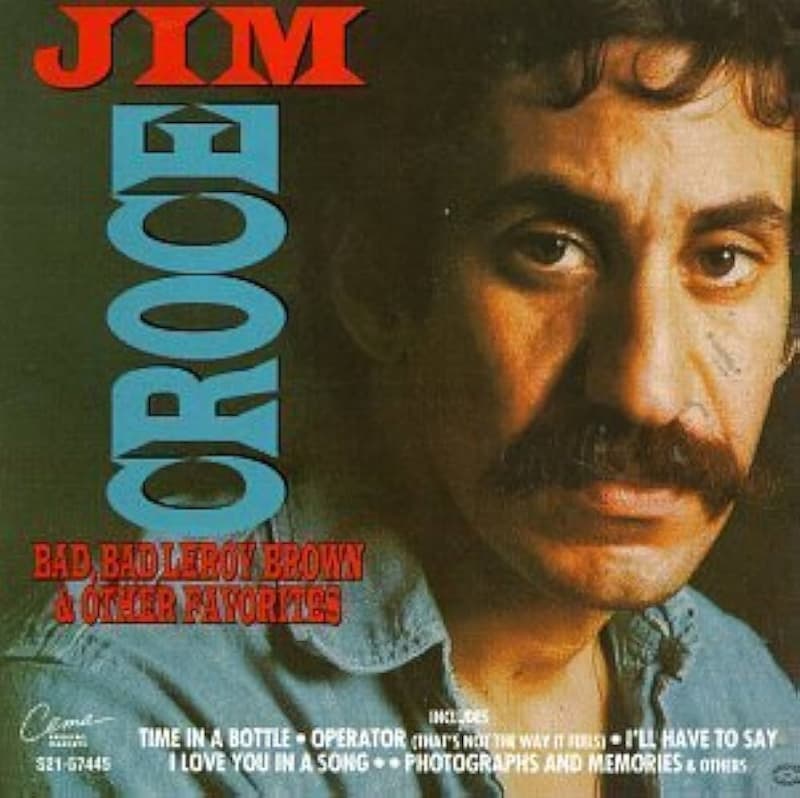
In the heart of Chicago, where the streets echo tales of danger and bravado, emerged the legend of Leroy Brown, the “baddest man in the whole damn town.” This isn’t just a myth spun from the imagination, but a vivid narrative immortalized by American folk rock singer Jim Croce in his uproarious 1973 hit, “Bad, Bad Leroy Brown.”
This uptempo, strophic story song stormed to the top of the Billboard Hot 100, reigning for an electrifying two weeks in July of that year, and ending 1973 as the No. 2 song according to Billboard. Its gritty lyrics take you straight to the hardscrabble south side of Chicago, a place where danger lurks and respect is fought tooth and nail.
Leroy isn’t just any tough guy — standing six foot four, adorned with diamond rings, flaunting a custom Continental, an El Dorado, and carrying a 32 gun plus a razor tucked in his shoe, Leroy is both feared and adored. The women call him the “Treetop Lover,” while the men address him with a fearful and respectful “Sir.” But beneath this tough exterior lies a tale of hubris and comeuppance when Leroy foolishly crosses a line by making a move on the wife of a jealous man, ending up beaten and broken — “like a jigsaw puzzle with a couple of pieces gone.”
The fascinating truth behind Leroy Brown’s legend, as revealed by Jim Croce’s widow Ingrid Croce, is that the character is inspired by a real man Jim met during his time in the US National Guard. Jim had joined in 1966, hoping to dodge the Vietnam War draft. Ingrid recalls how Jim was far from a soldier, even having to repeat basic training. Yet, it was here that Jim encountered an unforgettable figure: a man who had gone AWOL but returned for his paycheck, whose audacity and personality sparked the idea for the song. “Leroy Brown is a guy that he actually met,” Ingrid said. “Sometimes having a name helps you to build a song around it.”
Jim Croce himself said the song’s inspiration came from two men he encountered in the military: a sergeant at Fort Jackson—the true Leroy—and a private at Fort Dix who had famously gone AWOL and returned for his paycheck. This slice of life, mingled with Croce’s storytelling genius, exploded into a cultural phenomenon.
The song captures the raw pulse of 1970s life with its vivid, sharp imagery and catchy chorus:
“Well, the south side of Chicago
Is the baddest part of town
And if you go down there
You better just beware
Of a man name of Leroy Brown
…bad, bad Leroy Brown
The baddest man in the whole damn town
Badder than old King Kong
And meaner than a junkyard dog…”
For those who lived through the era or grew up hearing whispers of Leroy’s legend, this song isn’t just music—it’s an electrifying snapshot of fear, respect, and streetwise survival. Even Jim Croce’s introductions to the song reflected its real-life roots, adding authenticity to the mythos.
Thus, “Bad, Bad Leroy Brown” remains an unforgettable tale of boldness, danger, and ultimate humility, echoing the harsh realities and colorful characters of America’s urban heartland in the early 1970s.